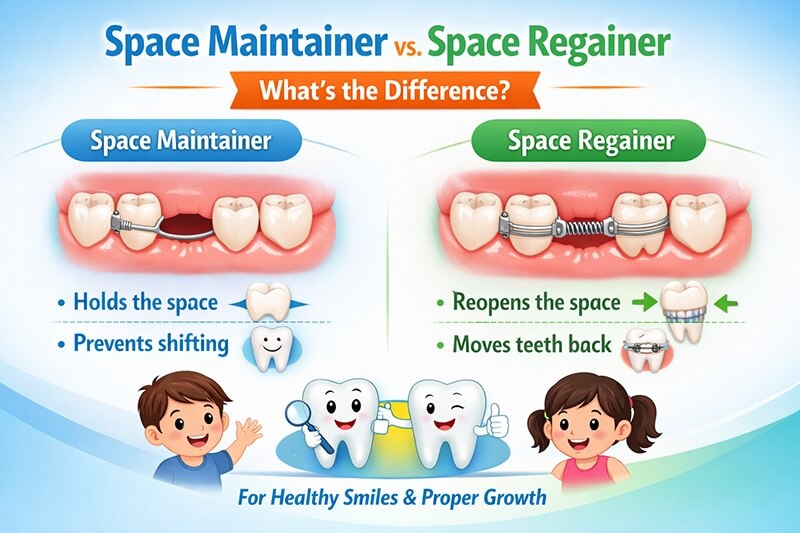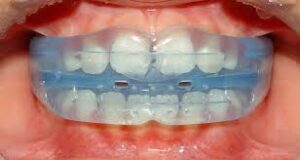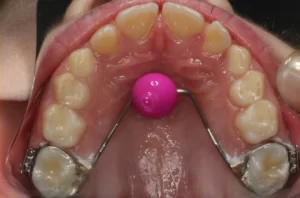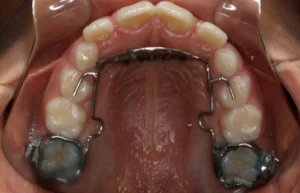
Timing is everything – eJven when it comes to your child’s orthodontic treatment. “Early” treatment, also called “interceptive” treatment, means treatment that is performed while some baby teeth are still present.
This is the best time for children to begin once they have been diagnosed with the following:
Benefits of early Orthodontic Treatment:
orthodontist could prescribe a fixed or removable “appliance” – a device used to move teeth, change the position of the jaw, or hold teeth in place in order to bring about desirable changes. Sometimes no appliances are necessary. Rather, removal of some baby teeth may help the permanent teeth erupt better. The extractions will be timed to take best advantage of a patient’s growth and development.
The habit Breaking appliances therapy involves breaking the destructive habits of dental issues in children like thumb sucking and fingers sucking.
Thumb sucking, or sucking on any fingers, is a common habit for young children.
If diagnosed in time, the tooth misalignment caused by thumb sucking can be treated with less invasive treatments.
Usually the habit stops within days, but the appliance remains in the mouth for approximately six months in order to make sure the practice has completely vanished.




Let’s take care of your child’s smile
book their visit today.
Appointments available in Jumeirah & Mirdif clinics
📌 Dubai London Clinic – Nakheel Mall
Al Hilali Nakheel Mall Lower Ground Level I B-1001a, 02, 03a Palm – Jumeirah – Dubai
Al Barajeel Oasis Complex – 4001 47th St -Mirdif – Dubai